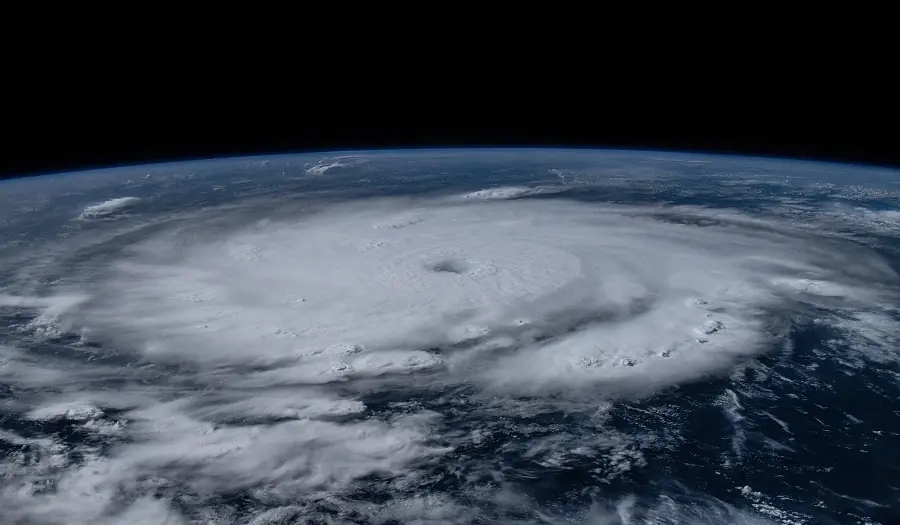The National Oceanic and Atmospheric Administration (NOAA) has updated its forecast for the 2024 Atlantic hurricane season. The revised outlook calls for preparedness along the Atlantic coast.
Key Takeaways
- NOAA predicts 17-24 named storms, 8-13 hurricanes, and 4-7 major hurricanes for the 2024 season.
- The forecast includes the four named storms already recorded this year.
- The peak of the hurricane season is expected around September 10.
- Factors such as warmer sea surface temperatures and the potential emergence of La Niña are contributing to the active season.
Updated Forecast Details
NOAA’s Climate Prediction Center has revised its forecast to include 17-24 named storms, of which 8-13 are expected to become hurricanes. This includes the four named storms already recorded this year, such as Hurricane Beryl and Tropical Storm Debby. The forecast also predicts 4-7 major hurricanes, defined as Category 3 or higher.
A typical Atlantic hurricane season sees about 14 named storms, with seven becoming hurricanes. The updated forecast indicates a 90% probability of an above-normal season, one of the highest probabilities ever issued by NOAA.
Early and Violent Start
The 2024 hurricane season began with Hurricane Beryl, the earliest Category 5 storm on record in the Atlantic. Beryl caused significant damage and fatalities in the Caribbean and the U.S. mainland. Tropical Storm Debby has also been impactful, causing flooding and tornado damage along the East Coast.
Contributing Factors
Several factors are contributing to the heightened activity this season:
- Warmer-than-average sea surface temperatures: These provide more energy for storm development.
- Reduced vertical wind shear: This allows storms to grow without disruption.
- Weaker tropical Atlantic trade winds: These conditions are favorable for storm formation.
- Enhanced West African monsoon: This can lead to stronger and longer-lasting storms.
La Niña’s Role
Forecasters are also monitoring the potential emergence of La Niña, a climate pattern characterized by cooler-than-average sea surface temperatures in the Pacific Ocean. La Niña tends to increase hurricane activity in the Atlantic by reducing wind shear, making it easier for storms to develop and intensify.
Preparedness Urged
With the peak of the hurricane season approaching, NOAA urges residents along the Atlantic coast to prepare for potential impacts. This includes knowing evacuation routes, having emergency supplies, and staying informed through reliable sources like the National Hurricane Center.
Colorado State University Forecast
In addition to NOAA, experts at Colorado State University have also updated their forecast, slightly lowering the number of expected named storms but still predicting an extremely active season. Their revised outlook calls for 23 named storms, 12 hurricanes, and six major hurricanes.
Conclusion
As the 2024 Atlantic hurricane season progresses, the updated forecasts from NOAA and Colorado State University highlight the importance of preparedness. With several factors contributing to an active season, residents in hurricane-prone areas should remain vigilant and ready to act.


